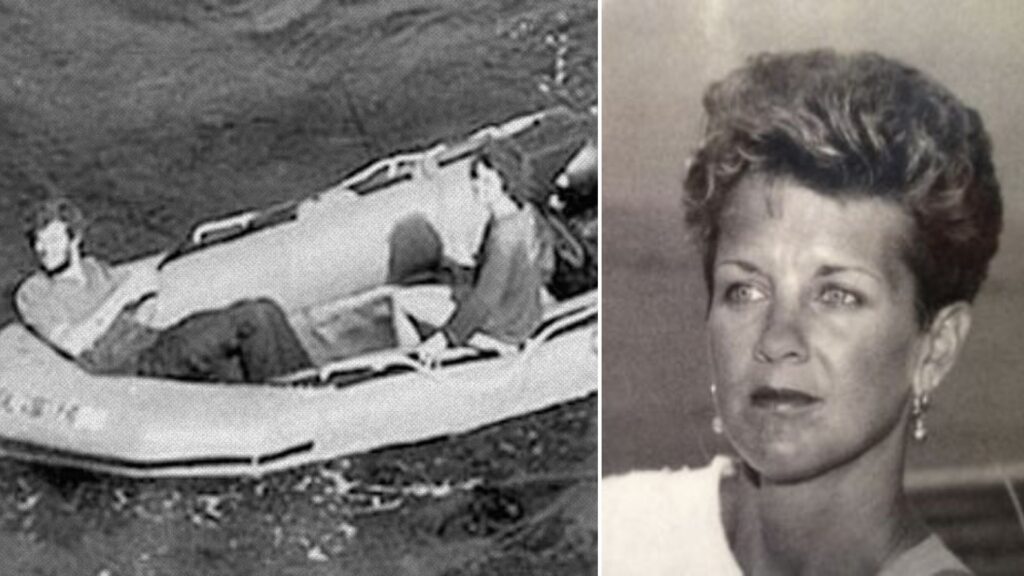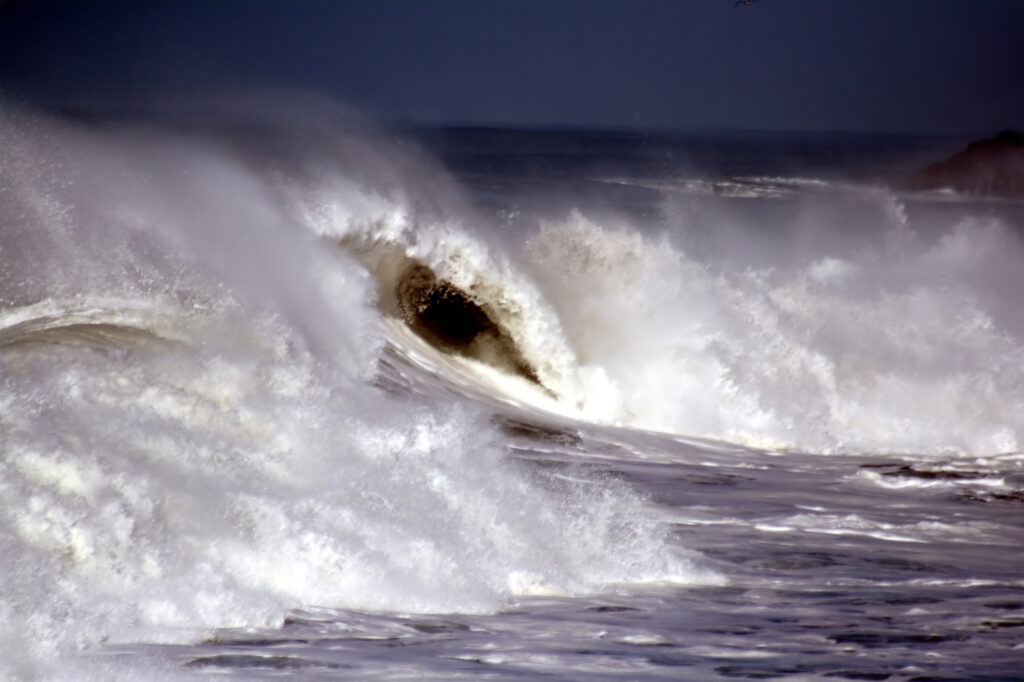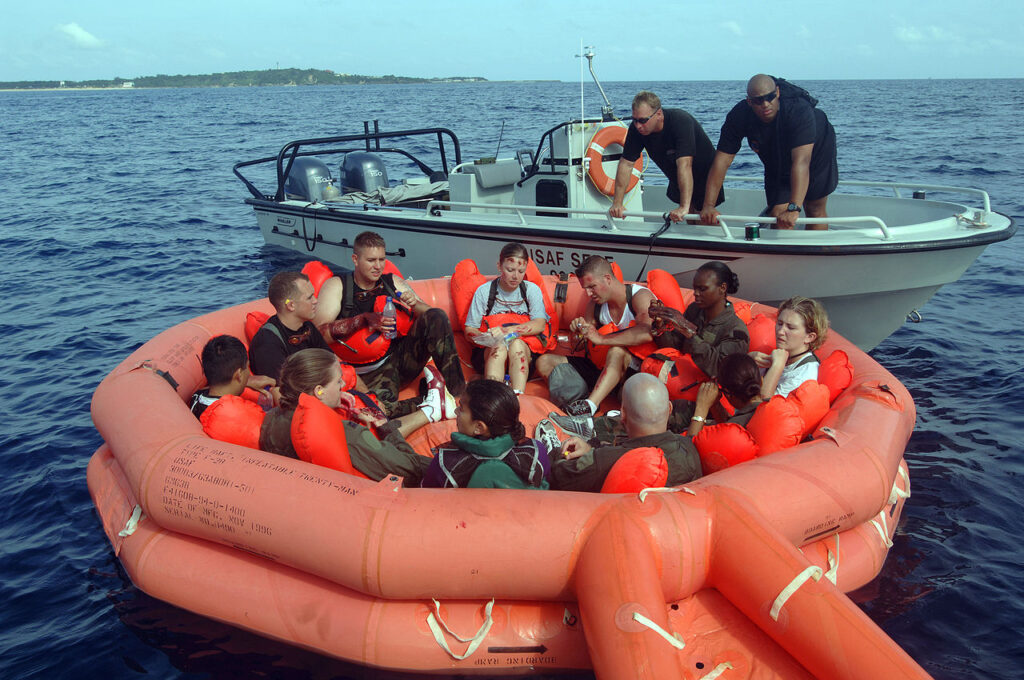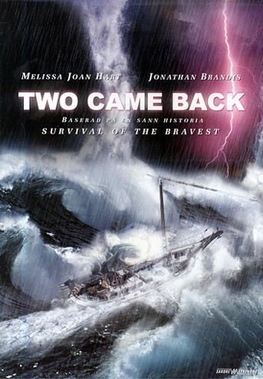
Deborah Scaling Kiley was born in Texas on January 21, 1958. She began sailing as a child and by her twenties was crewing on yachts along the East Coast. Her biography often highlights how quickly she turned her interest into a profession, building the foundation for a life connected to the sea.
In 1981, she became the first American woman to complete the Whitbread Round the World Race, serving as cook and crew on a South African yacht. The achievement brought recognition, but it was not what defined her. In 1982, she boarded the yacht Trashman and faced the Albatross shipwreck survival story.
How did Deborah Scaling Kiley survive the 1982 Trashman Albatross disaster?
In October 1982, 24-year-old Deborah Scaling Kiley was hired as crew on a 58-foot sailing yacht named Trashman for a routine delivery from Maine to Florida. The crew included Captain John Lippoth, fellow sailors Mark Adams and Brad Cavanagh, and a passenger named Meg Mooney, who was Lippoth’s girlfriend. They set sail from Maine and made a stop in Annapolis, Maryland, before heading south. Shortly after leaving Annapolis, on a leg off the coast of North Carolina, disaster struck.
The Trashman encountered a violent storm in the Gulf Stream with winds over 110 kilometers per hour and waves reaching 40 to 50 feet. Captain Lippoth was reportedly asleep and intoxicated when the storm hit. By the time the crew scrambled to respond, the yacht was overwhelmed. Cold seawater rushed the cabin, and within minutes the Trashman was sinking rapidly. All five managed to abandon ship and clamber into an 11-foot Zodiac life raft as the yacht foundered beneath them.
Survival in the raft over the next five days became a fight against exhaustion, dehydration, and the constant threat of sharks. The Gulf Stream’s warm water kept them from hypothermia, but it came with a curse. Meg Mooney had suffered a severe gash to her leg during the sinking, entangled in rigging cables, and her open wound bled into the sea, attracting sharks almost immediately.
“The minute we got in, there were fins everywhere in the water – I don’t mean like two or three, I mean 10, 20. They were everywhere,” Deborah later recalled.

There were no supplies on board, not even fresh water. They chewed raw seaweed and caught occasional raindrops, but dehydration soon set in. By the third day, Lippoth and Adams began to lose their grip. Both men drank seawater in desperation despite Deborah’s warnings, which only worsened their condition as their kidneys failed. Hallucinating, they became convinced they could see land.
“All of a sudden, we just heard this shrill scream… then it was over, silence,” Deborah said of Lippoth’s disappearance. “There was no doubt what got him. The sharks got him.” Moments later, Adams slipped into the same delirium, muttering about going to a shop for beer and cigarettes. He threw himself overboard, where sharks circled and attacked. Deborah later recalled, “It was by far the most horrifying moment of my entire life.”
That left Deborah, Brad, and Meg. Meg’s wound had turned septic, leaving her feverish and in agony. On the fourth night, she died in the raft. Deborah and Brad removed her jewelry and clothing for her family, prayed over her, and lowered her into the sea. “We tried to sleep so we wouldn’t see Meg being eaten by sharks,” Deborah explained, describing how they turned away as fins gathered again.
By the fifth day, only Deborah and Brad remained alive. Both were weak, dehydrated, and covered in salt sores. While cleaning the bloodstained raft floor, Brad lost his balance and fell into the water. Deborah, nearly unable to move herself, managed to grab his arms and hold on. At that moment, a ship appeared on the horizon.
The sight jolted Brad with adrenaline, and he scrambled back into the raft with Deborah’s help. They waved frantically, and this time luck was with them. The Soviet cargo freighter Olenegorsk saw their tiny raft and steamed toward them. On the afternoon of the fifth day, Deborah and Brad were rescued about 87 miles south of Cape Lookout, North Carolina, after drifting roughly 90 miles from where the Trashman had gone down. The Soviets brought them aboard and transferred them to the U.S. Coast Guard, who rushed them to a hospital in Morehead City.

Deborah and Brad were the only two of five to survive. Deborah later explained that the difference came down to mental strength. “You absolutely cannot panic. You cannot let fear take over or you cross that fine line between sanity and insanity,” she said. She described reciting the Lord’s Prayer aloud to keep calm.
She also credited what she called “gifts of grace.” The Gulf Stream water was warm enough to avoid hypothermia. Seaweed gave them something to chew and cover themselves with. And against all odds, a Russian ship appeared in time. She kept a vision of her future through the struggle, telling herself she would live to raise a family.
Brad admitted that survival left permanent scars. “It’s not something you just turn off when it’s over. You keep living in that survival mode… it’s impossible to just go back to being the way you were before,” he said later. Both survivors lived with nightmares and trauma for years after the five days at sea ended.
What books, interviews, and media tell Deborah Scaling Kiley’s story after the Trashman shipwreck?
After the Trashman disaster, Deborah Scaling Kiley tried to rebuild an ordinary life. She married naval architect John Coleman Kiley III, later taking his name, and had two children. Night terrors and flashbacks from the shipwreck haunted her, but in time she decided the only way forward was to share her story.
In 1994, twelve years after the disaster, she published Albatross: The True Story of a Woman’s Survival at Sea. The book gave a detailed, first-person account of the five days she spent adrift in the Atlantic.
Her perspective changed when a colleague suggested donating part of the proceeds to charity. Deborah agreed and supported an Outward Bound program at her old high school, which she credited with “probably saved my life” during the event. The book was later reissued as The Sinking in 2000 and Untamed Seas in 2001.
Kiley’s book and story gained wide media attention. In 1997, ABC produced a prime-time television movie based on the events titled Two Came Back. Actress Melissa Joan Hart played a character inspired by Deborah. The dramatization took liberties but brought the essence of the Trashman tragedy to a wider audience.

In 2005, Kiley and Brad Cavanagh appeared together for the premiere episode of the Discovery Channel docudrama I Shouldn’t Be Alive. The episode was called “Shark Survivor” and featured both survivors recounting the events of 1982 in detail. A photo from that year showed Deborah with fellow survivor Yossi Ghinsberg and producer John Smithson.
Her story appeared again on television in 2010 on the survival-themed series I Survived…. That episode combined her account with others but kept her central to the narrative. The repeated coverage kept the Trashman case alive in public memory decades after it had taken place.
Beyond television, Deborah Scaling Kiley built a reputation as a motivational speaker. She gave talks about survival, resilience, and lessons learned at sea. She appeared on the Oprah Winfrey Show and CNN’s Larry King Live, explaining how she transformed trauma into something that could help others.
Believing education could strengthen her voice, Deborah enrolled at the University of Texas at Arlington in the late 1990s. In 1999, she completed an interdisciplinary degree in media communication. Professors remembered her as energetic and determined to “encourage and benefit others” by giving meaning to her story.
In 2006, she published her second book, No Victims Only Survivors: Ten Lessons for Survival. It set out principles she believed saved her life, like trusting instincts, being prepared, and never losing hope. “Possess the will to live and a vision for the future… Look for gifts of grace and remember to say thank you for them,” she said.
Her clear way of describing survival led writers and researchers to use her account in studies about endurance under extreme conditions. She became a reference point in discussions about how people respond when faced with life-or-death situations.
Meanwhile, Brad Cavanagh eventually returned to the sea. After recovering from his injuries, he resumed work as a professional yachtsman and competed in races around the world. The experience left its mark, but he chose to continue his career on the water.
Decades after the incident, Deborah’s saga still fascinated audiences. In 2019, seven years after her death, the Discovery Channel produced a Shark Week film titled Capsized: Blood in the Water. Actress Teagan Vincze played a character based on Deborah, and actor Josh Duhamel portrayed the captain.
The retelling of the Trashman disaster in books and films kept public attention on the case. It showed how Deborah Scaling Kiley’s story remained one of the most striking survival accounts at sea. Even after her death, her experiences and lessons were still widely shared.
What do we know about Deborah Scaling Kiley’s family, marriages, son Quatro, and daughter Marka?
Deborah Scaling Kiley’s first marriage was to naval architect John Coleman Kiley III, whom she met after the shipwreck. They had two children, daughter Marka and son John Coleman “Quatro” Kiley IV. Deborah spent the late 1980s and 1990s raising them.
She worked to give her children a steady upbringing, in contrast to her own public survival story. But the marriage to John Kiley III did not last. The couple divorced, keeping the details private. Deborah continued using the name Kiley professionally, even as she adjusted to life as a single mother.
In 2005, Deborah married again. She wed businessman Greg Blackmon and moved for a new start. The relationship turned difficult. By 2008, it ended with divorce amid domestic violence charges against Blackmon. Public court records confirmed the case. Deborah left the marriage for her safety and returned to life on her own.
Another tragedy came in 2009. On August 23, her son John “Quatro” Kiley IV drowned accidentally near Cape Cod at the age of 23. Quatro was an experienced sailor, teaching sailing during summers. He had inherited his mother’s passion for the water. His sudden death devastated Deborah deeply.
After surviving one of the worst sailing disasters in memory, Deborah lost her own son to the ocean. Friends said the grief struck her hard. Her daughter Marka became her strongest source of comfort, supporting Deborah through her most difficult years after Quatro’s passing.
What was the cause of Deborah Scaling Kiley’s death and what is her legacy?
In 2012, Deborah Scaling Kiley moved to San Miguel de Allende, Mexico, a town popular with expatriates. On August 13 of that year, less than twelve months later, she died suddenly in her home at age 54, just weeks after the 30th anniversary of the Trashman disaster.
Her passing shocked those who knew her. She had been active in speaking engagements not long before, and her obituary in the Fort Worth Star-Telegram gave only the date and place of death. No official cause was released. In place of flowers, the family asked for donations to an equine scholarship fund and the Humane Society.
The lack of detail led to speculation. Some suggested suicide given her history of trauma, and one Reddit post even made the claim directly. However, no evidence supported the theory. No autopsy reports or family statements confirmed it, and the true cause of her death was never made public.
Close friends said Deborah had shown no signs of illness, which added to the mystery. It is possible she died of natural causes or an accident, but her family chose privacy. She was laid to rest in a private service, survived by her daughter Marka, who became the center of her family life.
Through it all, her message about survival remained consistent. She often reminded others that perspective mattered more than circumstance. As she once put it, “Every day I wake up, it’s a new day and I’m happy… There’s never a day you’re more thankful for life than the day you almost die.”
Other women who endured extraordinary lives have also shared their stories. In the late 1980s, Corinne Hofmann left behind her life in Switzerland after falling in love with a Samburu warrior in Kenya.


Life is an ongoing adventure. It can become a positive journey mixed with negative episodes and depending on how well you are spiritually grounded internally decides if you are a survivor or fall into the traps that make you become a victim. It can be a battlefield. It can be fighting years of attacks to defend your own soul from becoming lost in a sea of insanity and insecurities. The seeking help definitely is advisable & spending time on your knees does work miracles in every life.